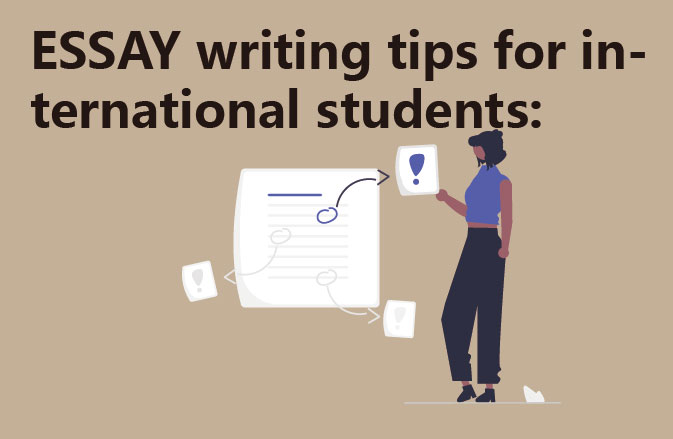Writing ESSAYs according to this approach ensures a score of 70 or more every time
ESSAY composition and percentage allocation:
. Introduction 10%.
The content includes: proposition statement and topic overview.
The main body accounts for 80% of the essay.
Contains: a topic sentence, supporting arguments (data and examples) and a conclusion (this part should be more than three, keeping the structure of each paragraph consistent).
Conclusion (10%)
Covers: the final statement and the main point of view summary. After understanding the proportion of each part, you can reasonably allocate the content in a focused way.
ESSAY writing content:
.. Introduction
Take the lead in discussing the background, introducing the main idea of the essay and the topic of the paper so that the reader is aware of the direction of your research. The importance of the opening paragraph cannot be overstated. As “a good start is half the battle”, the introduction is crucial to the topic score.
The introduction should contain the following five elements:
Give the background of the topic;
Discuss the specific scenarios covered in the paper and support the argument by summarising, comparing and contrasting and citing relevant literature;
Standardising the core concepts that appear in the dissertation;
Presenting the objectives and core issues of the thesis;
Articulate the overall framework of the thesis and its structural arrangement.
, Main Body
The core section of theessay focuses on presenting an argument in support of the topic statement. The main body paragraphs all begin with a topic sentence. This is followed by a presentation of evidence through analysis of experimental data, examples, or quotations, which must be articulated and shown to support the overall thesis. At the end, the main points of the paragraph are reviewed and the topic sentence is reiterated, avoiding the introduction of new ideas or topics.
. Summarising
The summary section of an academic paper is the last part of the essay, a reflection on the entire essay that reflects the author’s final point of view.
Broadly speaking, summarising consists of three main aspects:
Review and summarise the key information from the entire essay and reiterate the answer to the research question;
To emphasise the significance of the research findings;
Provide constructive suggestions for future directions and practicalities within the research area.
In terms of specific content, the summary should contain research findings, theoretical value, policy recommendations, research outlook, and research limitations.
Executive summary
This section is located before the entire paper (before the introduction) and serves as an external presentation and advertisement of the paper, enticing the reader to continue reading the subsequent parts of the article. Although the word count of the abstract is not clearly defined. However, in academic journals, abstracts are usually 200-250 words; abstracts for academic conference papers are in principle required to be 150-300 words; and abstracts for dissertations are usually more than 400 words.




